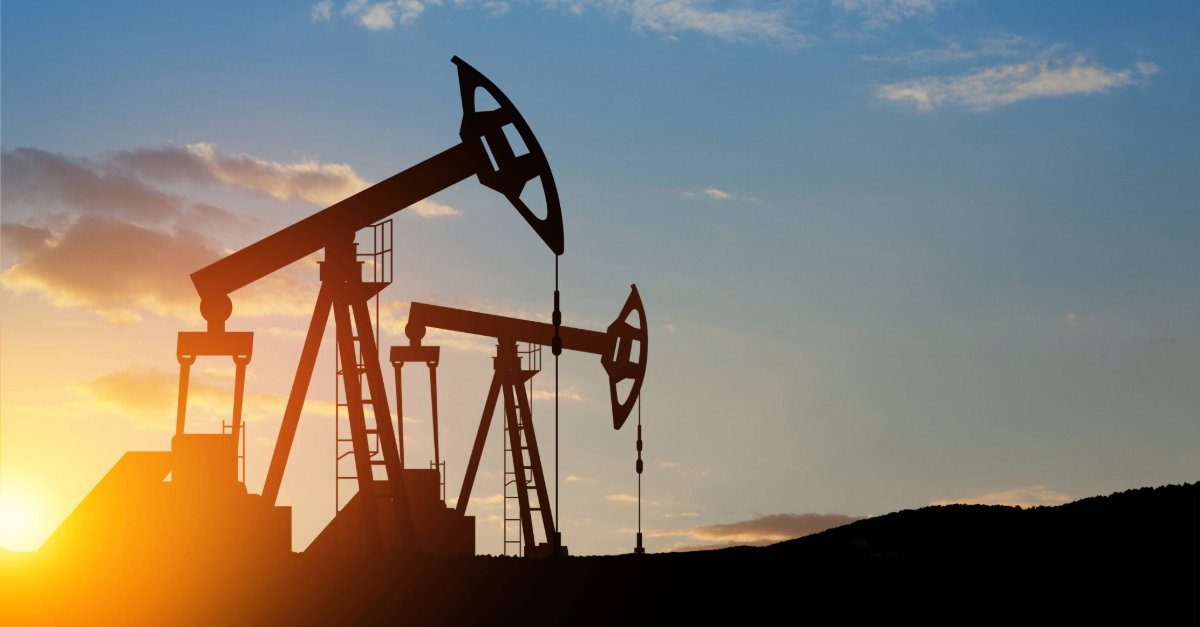Tracking retail fuel trends: March 2025
Retail fuel metrics often follow specific seasonal patterns, but March’s data bucked industry trends in a few different ways.

Dr. Thomas Weinandy
Tracking retail fuel trends: March 2025


When March rolls around on the calendar, we generally expect a few things to happen. First, with warmer weather across the United States, we expect more drivers to hit the road — and with that, we expect gas stations to see a lift in transactions. And with more people visiting stations, we expect c-store transactions to receive a boost in kind.
On the supply side, as refineries and stations begin to switch over to their more expensive summer blend of fuel, we expect rack and sign prices to increase.
But this year, March looked a little different than usual. Read on as we make sense of the data — including a deep dive into the three days of tariffs on Canadian and Mexican energy imports.
Last month's data
An atypical month that bucked seasonal trends

Last month, we saw some pretty dramatic reductions in fuel prices. The national average rack price for regular fuel fell by more than 15 cents per gallon month-over-month, with the largest regional decreases occurring in the Northeast and in the South. Even the West and Midwest saw fairly substantial decreases month-over-month.
Part of the drop in rack prices can be attributed to a drop in the cost of crude oil. During March, the average monthly price of West Texas Intermediate crude fell to $68.24 per barrel — a low we hadn’t seen since August 2021.
With rack prices falling, we’d expect sign prices to do the same — and in most American regions, that’s exactly what happened. The West is an exception, and that’s because of a refinery fire in California that snarled the region’s fuel supply chain. Though the fire was extinguished within a few days of starting, stations and consumers in the West are still feeling the impact from that fire more than a month later. (We dove deeper into its impact in last month’s Fuel Trends update.)
In all, the movement in prices led to a modest increase in retailer margins in March. Nationally, stations were pocketing about 2 cents per gallon more than they did in February.
On the demand side, March was unusually slow. As we highlighted earlier, we expect transactions to tick up as the weather starts to get warmer, but this month brought the opposite — a slight decline in transactions nationally.
We might expect this to happen if sign prices were increasing, because consumers might be less inclined to spend more money to fill up. But as we just saw, that’s not happening here.
With fewer people at the pumps, you might expect fewer people inside c-stores. But in yet another instance of subverted expectations, c-store transactions were solidly up in March. The South led the way with a 6.5% increase month-over-month, slightly ahead of the national average, a 5.9% increase. C-store revenue actually increased at a rate that was faster than visits. Together, these two figures signal not only a rise in transactions, but a rise in spending per transaction, as well.
Though fuel demand was soft, c-store demand was strong. Sales inside the store represented the kind of lift we want to see as spring begins.
A closer look at March’s three days of fuel tariffs
On March 4, President Trump established 25% tariffs on Mexican energy imports and 10% tariffs on Canadian energy imports. They were short-lived, as those duties were paused after only three days in effect. But it’s still worth taking a closer look to see how the market responded.
First, some important industry context. Tariffs are taxes on goods coming into the country paid by the domestic importer, so they drive up prices but not for everyone equally. For energy tariffs in the United States, it really comes down to which American companies are most exposed to energy imports and whether they have other options.
Refiners in the South, for example, often get crude oil from Mexico. But because of the region’s seaside location, refiners in the region can receive shipments from non-affected countries. Midwest refineries, on the other hand, get the majority of their crude from Canada, and they don’t have much flexibility to get it elsewhere. Not only are the logistics more complicated, but many Midwest refineries are specifically optimized for the crude that comes from oil sands and oil shale common in Canada. For that reason, analysts projected that these tariffs would affect the Midwest more dramatically than the South.
So, did sign prices go up as predicted? We only have three days of analysis, but in short, no.
Let’s look first at rack prices — you can see those below. Even in the more exposed regions in the Midwest and New England, we see no discernable price increase after March 4.

Likewise, we see little movement in sign prices. This makes sense, as retailers were not yet seeing higher rack prices that they would need to pass on to end consumers.

Finally, we look to see if consumers tried to fill up their vehicles in advance of the tariffs, anticipating an increase in fuel prices. Again, we do not see any economically meaningful shift in behavior.

Although the March tariffs caused a lot of worry in the fuel industry, they ultimately were too short-lived for drivers to feel any effects.
But why?
Our hypothesis is that US refineries and wholesalers started to prepare for the possibility of higher prices due to the advanced warning coming from the administration. They increased their orders to as much as possible ahead of March 4, and since the tariffs were only in effect for three days, they were able to pull from their existing stocks without having to pass on price increases.
This likely would have been a different story if this set of tariffs remained in effect longer.
Predictions and considerations
What will be the indirect impact of new tariffs?
On April 2, President Trump announced a new broad set of tariffs on American imports. At the time of publication, there are select exemptions for Canadian and Mexican energy imports; for that reason, we do not expect tariffs to directly impact the price of retail fuel. However, we'll be monitoring any indirect effects we see on demands for gasoline, transactions in c-stores and sign prices.
Although April normally sees increasing prices from increasing demand and the switch over to summer blend gasoline, this year the upward and downward effect may cancel out such that sign price remains flat.
Potential tailwinds:
1. Household employment and spending remain strong.
2. The Federal Reserve will weigh another interest rate cut at its next meeting in May.
3. OPEC+ announced it will increase the global supply of crude oil more than previously expected. This will begin in May and further put downward pressure on fuel prices.
Potential headwinds:
Today, there is high economic uncertainty. When economic uncertainty increases, consumers generally feel less comfortable spending their money and tighten their purse strings, leading to lower demand for things like fuel.
Want a closer look at the data?
Check out our insights hub with all our fuel and convenience monthly updates, plus special industry reports.
Share this article:
Dr. Weinandy is a Senior Research Economist at Upside, providing valuable insights into consumer spending behavior and macroeconomic trends for the fuel, grocery, and restaurant industries. With a Ph.D. in Applied Economics, his academic research is in digital economics and brick-and-mortar retail. He recently wrote a book on leveraging AI for business intelligence.
Request a demo
Request a demo of our platform with no obligation. Our team of industry experts will reach out to learn more about your unique business needs.

















